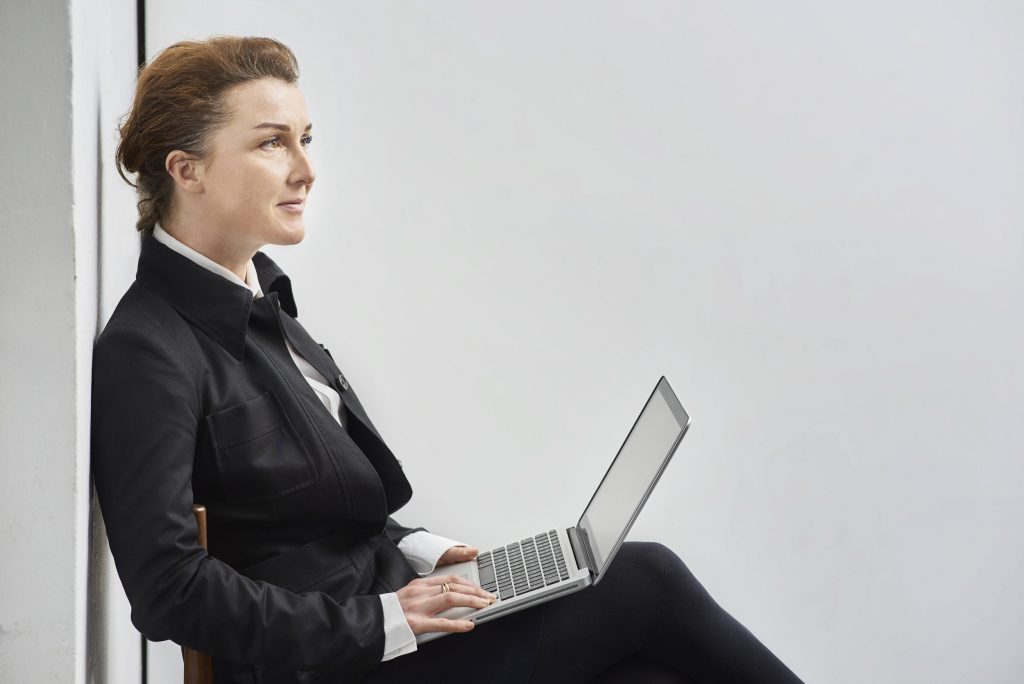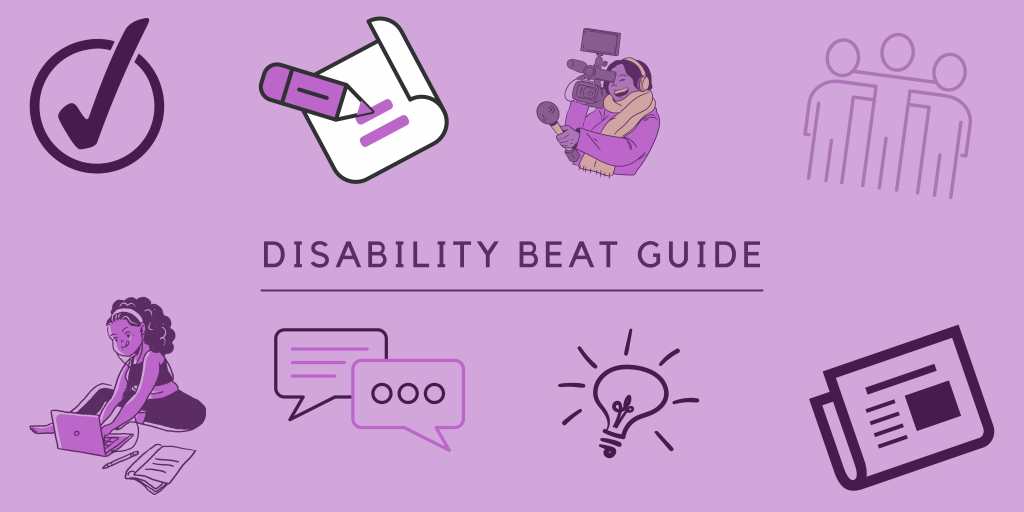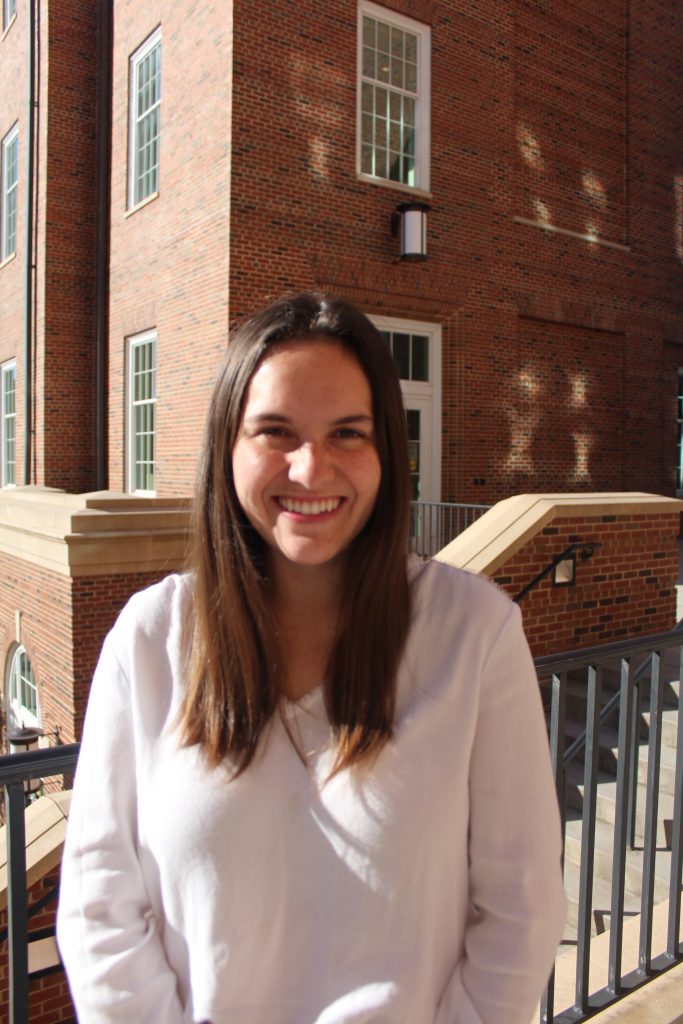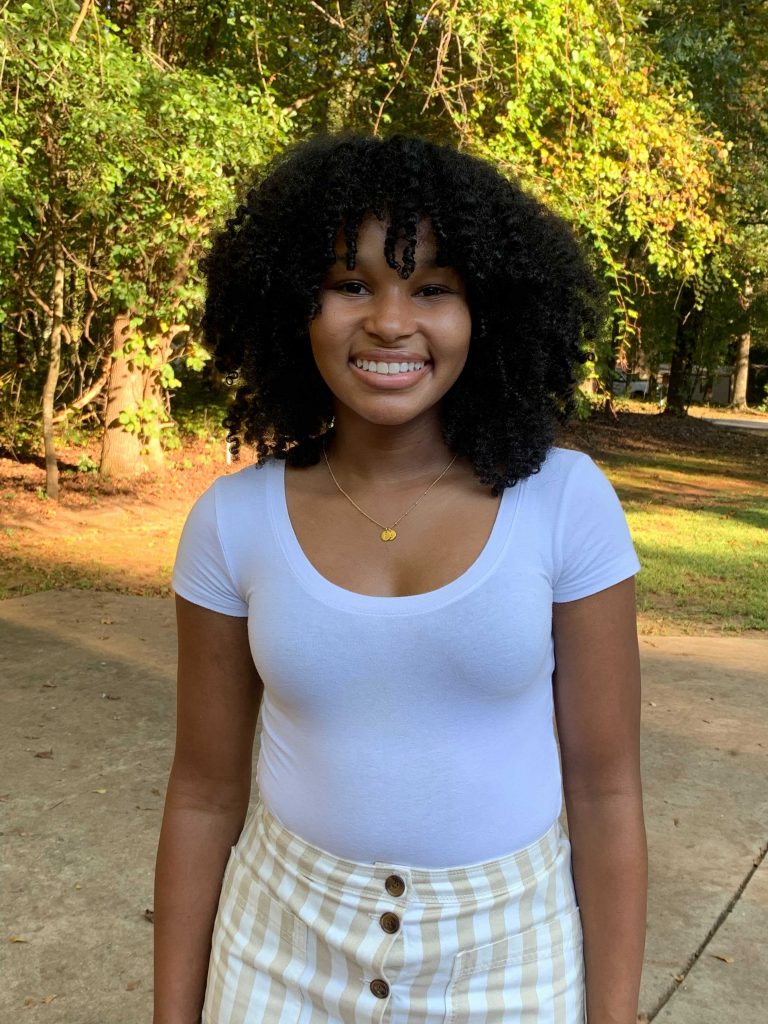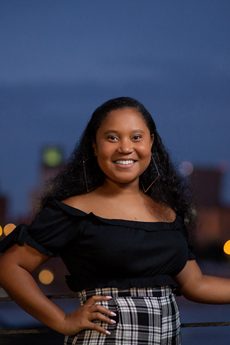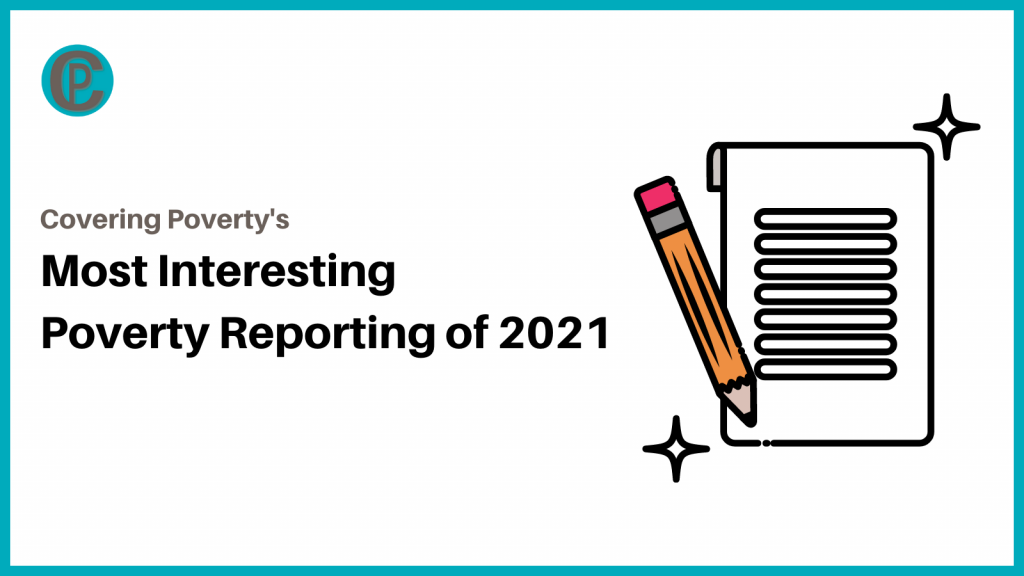Read how reporters Irene Wright and Foster Steinbeck wrote this feature for the Athens Banner-Herald: Marigold Market among the farmers markets working to make fresh produce more accessible.
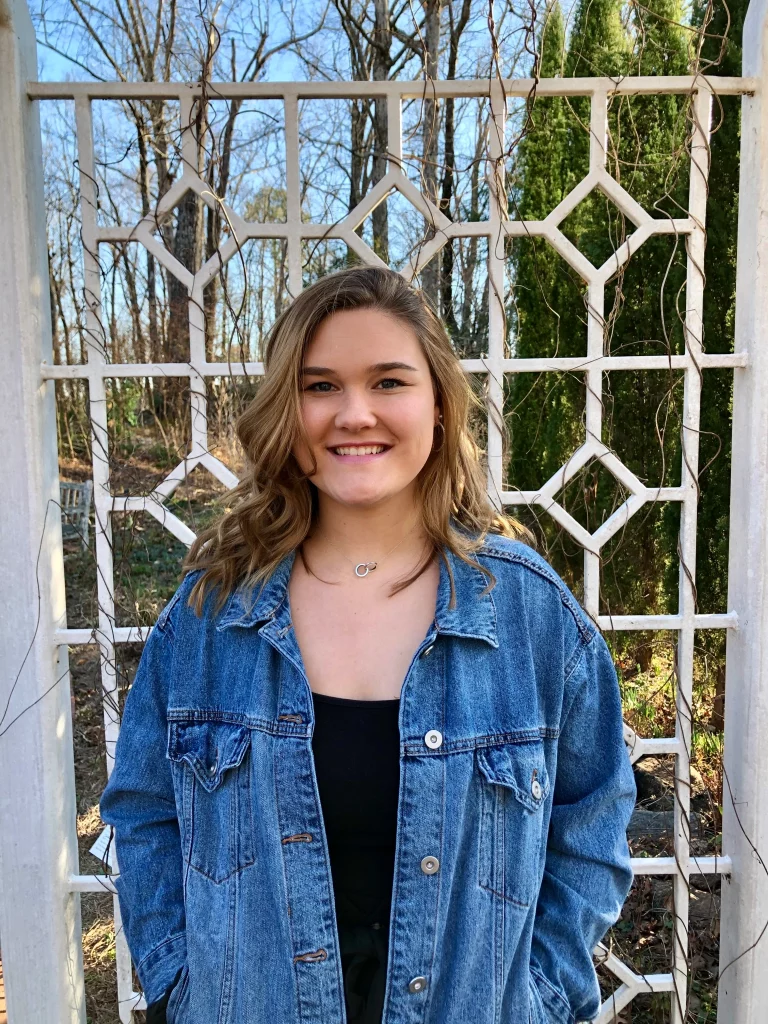
Irene Wright:
I started at the University of Georgia in fall 2017 and over the past five years I’ve attended countless farmers markets, arts festivals and pop-up shops. I grew up in Wisconsin where farmer’s markets were a regular part of my weekend. Stands would show up on street corners, around banks and at my summer league swim meets, never with a shortage of large and healthy-looking vegetables and produce. When I saw that Athens had a similar farm-to-table culture, I felt right at home.
It wasn’t until I started graduate school in the Health and Medical Journalism program and stripped down to a much stricter budget that I started to think about the cost of the clearly superior, at least in my mind, fruits and vegetables compared to what was sitting on the Kroger shelves. There are ongoing conversations across the country and in Athens about health equity, and I wondered how access to healthy food played into that conversation.
Around the time that I was thinking about these questions, the Georgia state SNAP program increased their benefits. In October 2021 the benefits increased by $36/month per household, meaning that many Athens families had more money each month to spend on their household needs. But how important was it for people, and children, to eat fresh fruits and vegetables regularly?
I reached out to nutritional scientist Sina Gallo from the University of Georgia College of Family and Consumer Sciences. Gallo specializes in nutrition in children, particularly vitamin-D which can come from sunlight or from fruits and vegetables. We spoke about the benefits both short and long-term for healthy food consumption. Gallo said that not only is it important for kids to eat healthy for their day-to-day health, but it can help prevent chronic diseases that would put medical and financial stress on them later in life, as well as on the healthcare system. Eating healthy could be considered preventative medicine, not just something your mom tells you to do at the dinner table.
I thought back to the farmer’s markets. Were they actually accessible to low-income families that use SNAP benefits, or was it just a bunch of college kids like me who wanted to eat something other than Ramen or Chick-fil-a?
I found Wholesome Wave Georgia, a nonprofit that partners with farmer’s markets around the state to match SNAP benefits to combat food insecurity, childhood and adult obesity, and diet-related illness. I spoke with the manager of the ‘Fresh for Less’ program, Alex Duncan, that incentivizes families to use their SNAP benefits at a farmer’s market instead of the grocery store by doubling their purchase power. Duncan says they saw a 56% increase in the number of families that were using their program in 2020, a great success in her eyes.
After spending weekends at farmer’s markets and weeks talking with people that use SNAP and benefit from them, I pitched the story to Covering Poverty. I was partnered with another student, and we combined our research and storytelling for a piece that was published in the Athens Banner-Herald in April.
Foster Steinbeck:

I first caught wind of the underutilization of SNAP funds while working on a different story. I was compiling pictures at the Timothy Baptist Church’s Food Pantry for the Journalism Writing Lab’s service journalism piece documenting local resources for homeless individuals. I talked with one of the intake volunteers. She told me how a big part of her work outside the pantry is connecting people to SNAP resources because not enough people are aware of its availability. And when I got to talking with local farmers’ markets about Wholesome Wave’ Georgia’s Fresh for Less program, I saw the connection immediately. I interviewed a deputy commissioner in the Georgia Department of Family and Child Services about SNAP’s reach across the state. While the department does not track the total number of people eligible, I obtained their SNAP data, showing how only 15,000 people in Athens-Clarke County are registered for SNAP benefits. Working on this story reinforced the importance of in-person reporting, that a reporter’s physical presence can queue them into facts and information they would be ignorant of otherwise.

